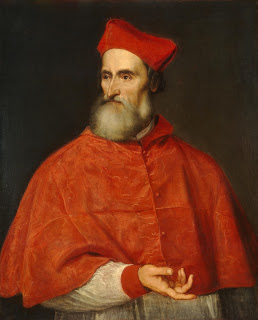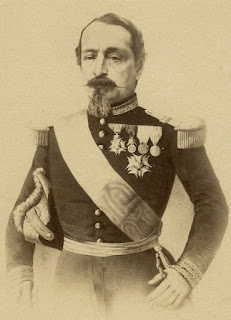First of two annual races is contested today
 |
| The Palio is run at a furious pace around the perimeter of the Piazza del Campo in Siena |
The passionately competitive horse race, first run in 1656, is staged on July 2 and August 16 each year. The first race is in honour of Siena's Madonna of Provenzano, the second forms part of the celebrations marking the Feast of the Assumption.
A colourful pageant, the Corteo Storico, precedes the race, which sees the square filled with spectators from many parts of the world.
The Palio features 10 horses, each representing one of Siena's 17 contrade, or wards, ridden bareback by riders wearing the colours of the contrada they represent. They race for three circuits of a dirt track laid around the perimeter of the Piazza del Campo.
It is an event with no holds barred. Riders are allowed to use the whip to encourage their own mounts but also to hamper their rivals and falls are frequent. The winner is the horse that crosses the finishing line first, even if its rider is no longer on board.
Horses are trained specifically with the Palio in mind and 10 judged to be of approximately equal quality are chosen four days before the race by the heads - capitani - of each contrada. A lottery then takes place to determine which contrada each will represent.
The rules are complex. The first nine horses are called into the starting area, known as the Mossa, in the order in which they are drawn and the race begins only when the rider of the 10th horse chooses what he judges to be the right moment tactically to join them.
 |
| Packed crowds line the narrow circuit |
The 17 contrade are: Eagle, Snail, Wave, Panther, Forest, Tortoise, Owl, Unicorn, Shell, Tower, Ram, Caterpillar, Dragon, Giraffe, Porcupine, She-Wolf and Goose.
The race is limited to 10 for safety reasons (although accidents are still commonplace along the narrow or steeply banked parts of the circuit). Seven of the runners are those who did not participate in the immediately preceding race, with the other three chosen in a draw.
The winner receives a decorated Drappellone - a large drape - which is paraded around the track and then goes on display in the contrada's museum. The most successful contrada in the history of the race has been Oca - the Goose - with 63 wins, followed by Chiocciola - the Snail - with 51, and Tartuca - the Tortoise - with 46.
The race begins at some point after 7pm but spectators are advised to arrive in the Piazza by 4pm. Police close the entrances to the square once they consider it to be full and the Corteo Storica parade arrives at 5pm.
Spectators can watch free of charge from the public space in the centre of the Piazza but because of the large numbers that inevitably want to attend the crowd will become tightly packed and the local tourist office advises against bringing small children. There are also no public toilets and bottles of water and sun hats are considered to be essential.
Balcony positions and some private boxes can be obtained but they attract premium prices and tend to be booked up months in advance.
 |
| The beautiful Piazza del Campo in Siena is one of the finest squares in Italy |
The shell-shaped Piazza del Campo, established in the 13th century as an open marketplace on a sloping site between the three communities that eventually merged to form Siena, is regarded as one of Europe's finest medieval squares, looked over by the Palazzo Pubblico and the Torre del Mangia. The red brick paving, fanning out from the centre in nine sections, was put down in 1349.
Travel tip:
Plans for an enormous basilica, which would have been the largest in the world, in Siena had to be abandoned because of lack of funds due to war and the plague but the smaller Duomo (cathedral) built in its place is nonetheless considered a masterpiece of Italian Romanesque-Gothic architecture. It contains a 13th century pulpit designed by Nicola Pisani.
(Photos of the Palio by Roberto Vicario CC BY-SA 3.0)
(Photo of Piazza del Campo By Ricardo André Frantz CC BY-SA 3.0)
Home


















